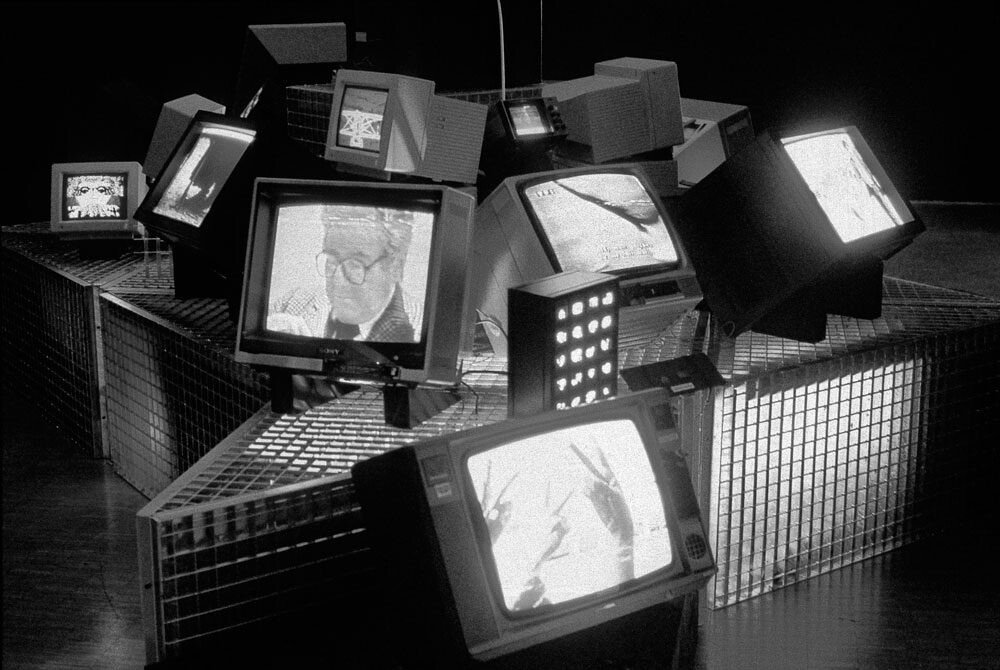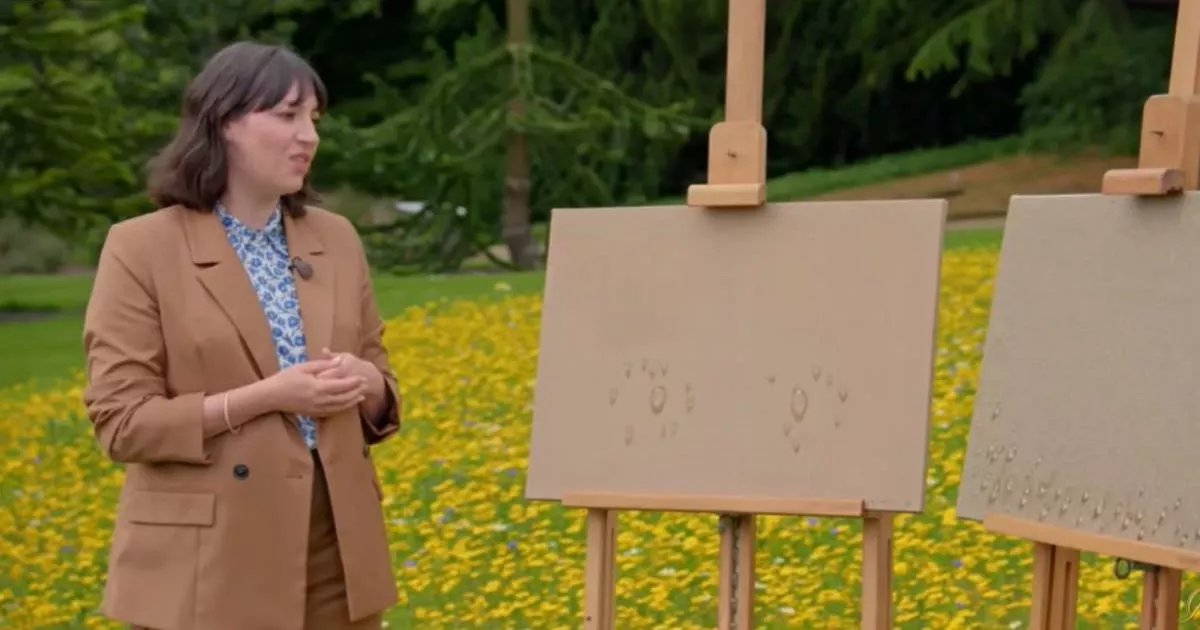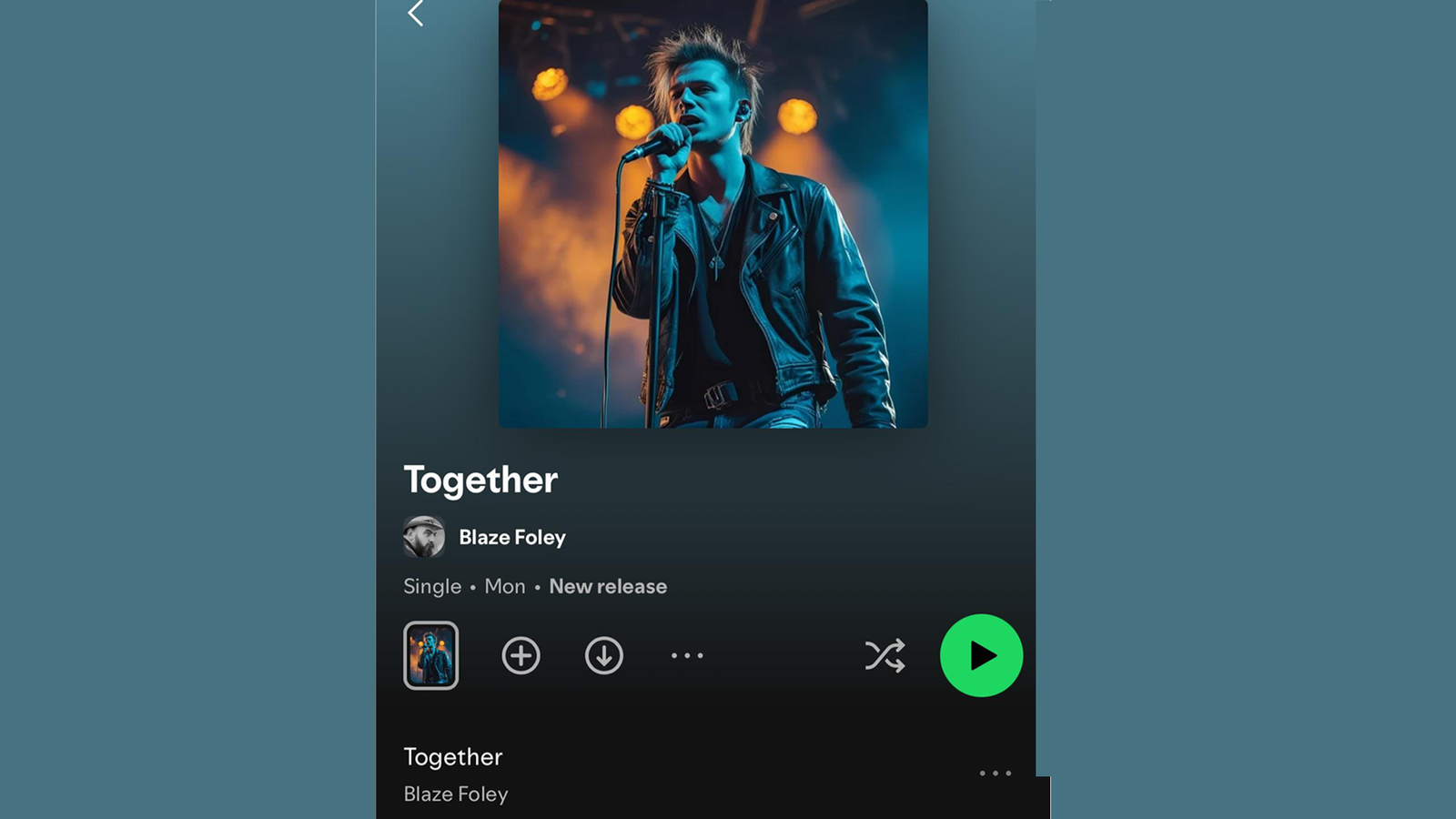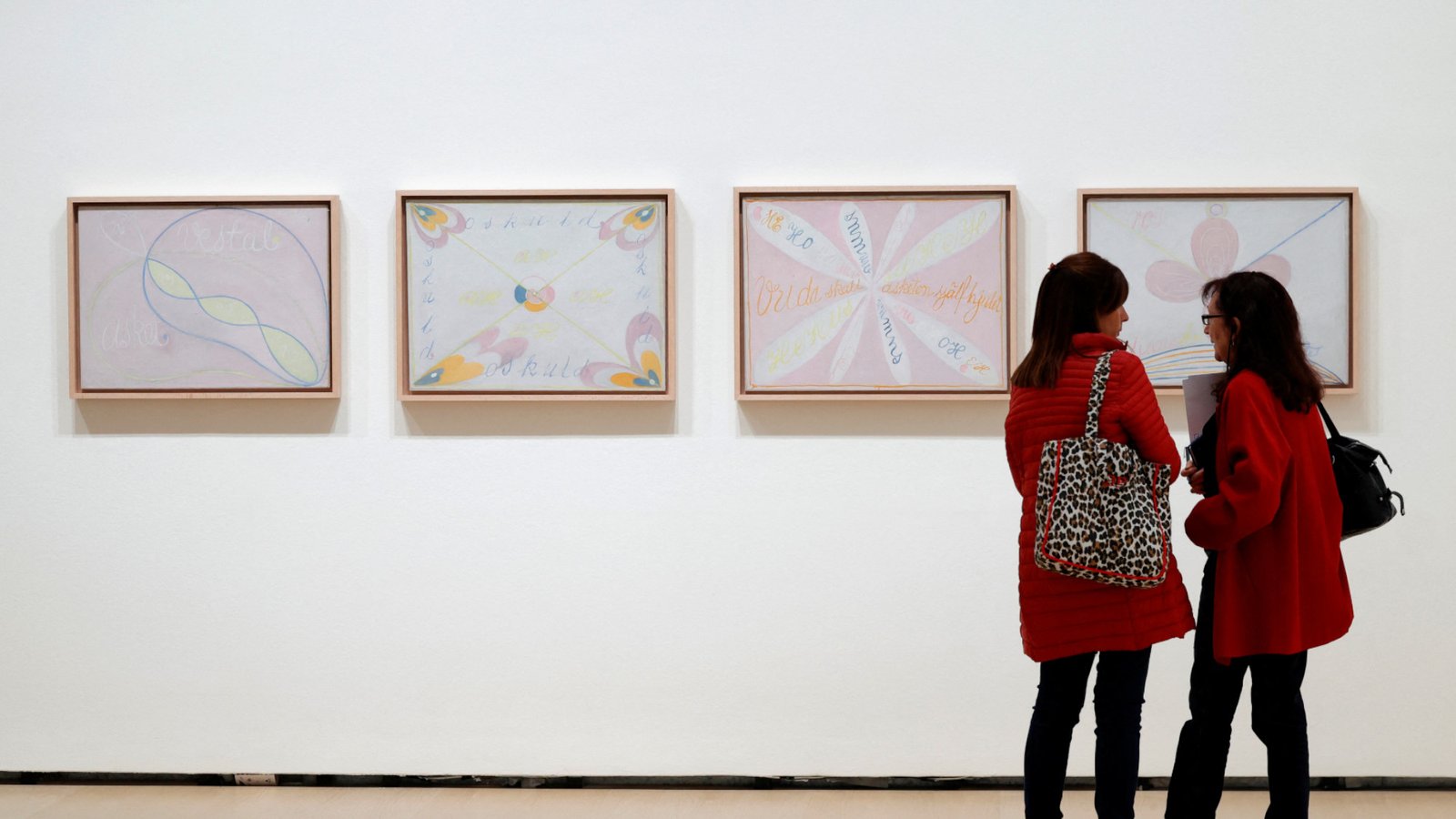“These new practices had dissolved the edges of this art called cinema into a frontierland mystery. Light is there; motion is there; the screen is there; and the filmed image, very often, is there; but it cannot be described or experienced in terms you describe or experience the Griffith cinema, the Godard cinema, or even Brakhage cinema.”
– Jonas Mekas (Village Voice, 1966)
“Cinema came to me as an impulse that allowed me to not be circumscribed by reason only. It came from somewhere else, and allowed me to express complex ideas that cannot be contained by words, language. It is another language made of movement, rhythm, time, duration, spaces, murmurs, noise, sound.”
– Ana Vaz (Senses of Cinema, 2024)
Since 1990, despite their distinct economic and institutional foundations, cinema—traditionally housed in the black box of movie theaters—and visual art—displayed in the white cube of galleries and museums—have increasingly intersected. Moving images have become integral to contemporary art institutions, while a growing number of artists are now creating films and submitting them to film festivals, marking a significant shift from what was once a rarity. Although numerous modernist artists have been incorporating moving images into their installations and producing experimental films way before the 1990s, the scale of recent convergence between cinema and contemporary art necessitates a reflection on the multiple histories and evolving dynamics at this intersection. This endeavor is central to e-flux Film Notes, a new weekly online publication in collaboration with e-flux Notes that builds on e-flux’s extensive engagement with the discourse of moving image art.
From its earliest days, cinema has sought to balance its identity between art and entertainment.
To assert itself as an art form, it had to establish its medium specificity. The ability to capture and repeatedly display movement over time, along with techniques such as montage allowing to create new meanings by juxtaposing separate shots, were among key arguments by early critics and filmmakers distinguishing cinema from other art forms. Paradoxically, the acknowledgment of cinema as an art came hand in hand with the standardization of film exhibition practices, which facilitated the industrialization of cinema. Commercial approach to cinema began to dominate, yet during the first decades of the 20th century, artists continued to experiment with film forms and exhibition sites, embodying the spirit of the historical avant-gardes.
One notable instance of this experimentation occurred in 1929 at the FiFo exhibition in Stuttgart. The multimedia section of th exhibition, curated by Hans Richter, showcased works by prominent filmmakers such as Sergei Eisenstein and René Clair, alongside photographic displays from avant-garde artists like El Lissitzky. It aimed to highlight the mutual connections between film and photography, both liberated from their usual spatial and historical contexts and presented in innovative intermedial constellations. Around the same time, French expressionist filmmaker Abel Gance, in his seven-hour epic Napoleon (1927), used a groundbreaking three-screen format to transform the cinematic experience. After the film’s premiere at the Paris Opera, Gance wrote to the audience, stating: “I have made a tangible effort toward a somewhat richer and more elevated form of cinema.” While avant-garde projects like these demonstrated the infinite potential for cinema’s expansion and its intersection with other visual arts, they were exceptions rather than the norm at the time. Even when in the early 1930s, the Museum of Modern Art in New York established its Film Library, becoming one of the first art institutions globally to recognize film as a modern art form deserving the same level of study and preservation as traditional visual arts, for several decades it showed little interest in presenting moving images outside a conventional black box. As Andrew Uroskie points out, by the late 1950s, cinema and art in the US remained firmly entrenched within their own institutional frameworks, shaping the understanding of how films should be produced and where they should be exhibited.
The emergence of expanded cinema events in New York during the 1960s marked a pioneering attempt to bridge the gap between cinema and modern art. That’s when artists such as Claes Oldenburg, Robert Rauschenberg, Trisha Brown, Stan Vanderbeek, Robert Whitman and Andy Warhol, along with a number of experimental filmmakers, including Carolee Schneeman, Bruce Conner, Ken Jacobs and others, began to explore the uncharted potential of moving images outside the traditional cinema setting. Events such as The Expanded Cinema Festival (1965), curated by Jonas Mekas, multimedia performances organized by USCO (1966-69), and Andy Warhol and the Velvet Underground’s The Exploding Plastic Inevitable (1968-1969) sought to liberate the moving image from the constraints of single-channel film screening in the conventional black box. Alongside the first installations of film in gallery spaces, these efforts in the late 1960s, interpreted as either an expansion of cinema, as recently suggested by Jonathan Walley, or as a hybridization of art, as posited by Uroskie, signaled a growing awareness of the potential to overcome institutional boundaries and explore new modes of film production and exhibition.
However, it was not until the introduction of video recording and transmission technology that museums and galleries began accepting the moving image as a fully legitimate counterpart to other visual arts. Reacting to the television-like dimensions of the new technological medium which became available in the late 1960s, artists such as Nam June Paik, Gary Hill, Sonia Andrade, Shigeko Kubota, Bruce Nauman, and Wolf Vostell began to utilize electronic monitors to exhibit their video tapes in the galleries and museums. Often treating these monitors as sculptural objects they approached the medium of video within the broader context of modernist art practices, using the technological tool with understanding of the changing status of the artwork at that time. Taking advantage of the immediate and intimate effects made possible by affordable and user-friendly Sony Portapak video camera and sound recorder, artists including Yoko Ono, Martha Rosler, Vito Acconci, John Baldessari, Leticia Parente, Dan Graham, and Dara Birnbaum, among others, employed video to expand the boundaries of artistic expression addressing themes of self-introspection, the critique of passive consumption of mass media, and its interpolation of the individual. At the same time, video artists like Joan Jonas, Natalia LL, and Bruce Nauman orchestrated conceptual happenings or performances specifically staged for the video camera. These happenings were frequently taking place outside traditional museum or gallery settings and simultaneously transmitted via monitors, transcending the confines of the white cube. Guided by the discourses of performance art, minimalism, and conceptualism, and responding to what Rosalind Kraus called the “post-medium condition”, rather than focusing on video’s relationship to cinema, these video artists questioned the linearity of art history and critically exposed existing hierarchies within the art world. Their video works played a crucial role in shaping the direction of modern art, blurring the lines between viewer and participant and helping to establish what became known as intermedia art.
The 1990s and subsequent decades marked the most recent transformative period in the relationship between moving images and contemporary art contexts. Rapid advancements in digital technology facilitated a shift from video monitors to expansive multi-projection setups, which became a staple in the proliferating contemporary art museums. Consequently, moving images increasingly populated exhibition spaces. As Tanya Leighton observes the period of the early 2000s, “cinematic modes of projection have quantitatively surpassed traditional media such as painting and sculpture.” This trend was particularly evident in major international contemporary art events of the late 1990s and early 2000s, including the Venice Biennale, the Whitney Biennial, Documenta, and Manifesta, as well as their global counterparts in cities like Gwangju, São Paulo, Istanbul, Sharjah, Taipei, and Shanghai.
Exhibitions such as Passages de l’image at the Centre Pompidou in 1990 and the tenth edition of Documenta in 1997 were among the first major events to integrate numerous film and video artworks within exhibition halls, driving the transition towards the cinematification of museums. Curators, notably Catherine David, played a crucial role in encouraging new generations of artists to explore filmmaking and moving image installations within museum settings. They also provided funds and platforms for established filmmakers to present their work in the white cube. Despite initial reluctance from some film directors to participate in contemporary art exhibitions, the following decades saw a significant increase in the participation of renowned filmmakers in art-related events. A diverse array of film directors—including Abbas Kiarostami, Raoul Peck, Chris Marker, Michael Snow, Atom Egoyan, Agnès Varda, Albert Serra, Andrei Ujică, Alexander Sokurov, Charles Burnett, Yervant Gianikian and Angela Ricci Lucchi, Peggy Ahwesh, Pedro Costa, Leslie Thornton, Béla Tarr, Lav Diaz, Wang Bing, Apichatpong Weerasethakul, Kamal Aljafari, Joaquim Sapinho, Pedro Almodóvar, Tsai Ming-Liang, Jonas Mekas, Ben Rivers, Ulrike Ottinger, and many others—have presented their work in various contemporary art institutions.
The crossover between cinema and contemporary art has also occurred in reverse. Steve McQueen, Matthew Barney, Eric Baudelaire, Deimantas Narkevičius, Laure Provost, Shirin Neshat, Ana Vaz, Johan Grimonprez, Anton Vidokle, Jumana Manna, and Isaac Julien are just a few of many artists who have recently created narrative films for screenings in specially built black boxes, cinemas, and film festivals. Meanwhile, another group of contemporary artists, including Candice Breitz, Tacita Dean, Martin Arnold, John Akomfrah, Saodat Ismailova, Harun Farocki, Douglas Gordon, and Christian Marclay, among others, have appropriated imagery from film history to create works that reflect on the societal and cultural roles of cinema, even when exhibited within gallery settings.
With film directors finding creative and financial liberation in the contemporary art world and artists exploring new narrative possibilities through making films to be presented in the black box, the intertwinement of these previously separated domains has sparked numerous debates on the current state of moving image art. Some critics celebrated the departure of film from the black box of the movie theater—often seen as a symbol of bodily repression and illusion production—and praised the openness and liberatory potential of the white cube in contemporary art museums and galleries, viewing it as a savior of dying cinema. Conversely, others argued that the position of contemporary art within the global economic order has led to the spectacularization of moving image art made for museums. They advocated for the contemplative space of the movie theater, emphasizing the ideological constraints of the white cube and asserting that its spatial and experiential specifications do not do justice to cinema’s durational nature. Raymond Bellour was one of the first to distinguish between these two topos for cinema, proposing the concept of “an other cinema” to define the moving image in the museum. According to Bellour, this “other cinema” arises from an institutional crisis in traditional cinema, and gallery-based film iterations should not be conflated with originary cinema, which he believes is best experienced in movie theaters. In contrast, Philippe Dubois (and more recently, Jonathan Walley) advocated for a broader understanding of cinema that includes artists’ films and moving image installations. Dubois contended that cinema is not in crisis but is instead expanding through the diversification of its forms and new ways of being experienced, both in cinemas and galleries. Erika Balsom, on her part, referencing Bellour’s concept, proposed the term “othered cinema,” suggesting that when cinema is positioned in the gallery or museum, it becomes “other” to itself. Unlike traditional movie theaters that serve a singular purpose, the gallery settings offer flexibility and freedom to challenge conventional viewing conditions, allowing artists to reimagine cinema’s pasts and invent its new futures. According to Balsom, the white cube has become a laboratory for ever-changing forms of cinema to be launched and tested. Ultimately, one could draw a consensus that the current topos of the moving image art, situated between the black box and the white cube, depends on shifting societal and techno-political processes and must be continually discussed and re-evaluated. To this end, e-flux Film Notes is conceived and designed to engage with and contribute to these ongoing debates beyond the confines of academic disciplines of film studies and art history.
While discussions on the intersection between cinema and art often focus on economic, institutional, and logistical aspects, the creative approaches of contemporary artists and filmmakers—who draw on over a century of film aesthetics and adapt them to new contexts—are frequently underexplored. Filmmakers have reimagined gallery space to craft cinematic experiences, while artists experimented with narrative techniques, embracing cinema’s durational nature and employing montage within and across screens. By inhabiting new sites for projection, testing new technologies, utilizing film archives to explore collective and subjective memories, and engaging with political and documentary impulses, artists and filmmakers have been exploring the possibilities of moving image art to offer critical reflections on contemporary society.In a time marked by political crises and the rapid advancement of technology, this exploration of moving image art becomes increasingly crucial. Understanding the transformative power of these creative practices across different cultural contexts is essential. Following the logic of e-flux’s film programming, Film Notes will address this need by featuring conversations and publishing scripts and creative writings that facilitate direct engagement with artists and filmmakers from around the world, extending well beyond the Western hemisphere. These will be accompanied by critical reflections on different aspects of the contemporary moving image art contributed by art and film historians and critics as well as (re)publications of the historical texts that keep resonating with today’s artistic practices. By publishing one conversation with a contemporary artist, one historical writing, one theoretical reflection, and one piece of an artist’s writings or scripts each month, e-flux Film Notes is set to explore the current state of the moving image situated between art and cinema by examining both “where the moving image is”—its economic, infrastructural, and institutional facets—and “what the moving image does”—its societal roles and aesthetic impact.
The inaugural edition of e-flux Film Notes features a conversation with Polish artist Agnieszka Polska about her moving image work and the future of filmmaking in the age of AI. It also includes Pier Paolo Pasolini’s 1969 essay “Cinema and Oral Language,” which offers fascinating insights into the experimental use of voice and language in films, and an excerpt from Anton Vidokle’s script for his upcoming film, providing a unique glimpse into the artist’s process of worldbuilding. Together, these texts exemplify e-flux Film Notes’ commitment to fostering meaningful dialogue with contemporary moving image artists, reflecting on coinciding and conflicting histories of moving image art, and emphasizing its capacity to engage with contemporary societal issues and understand its functions today.
As Alexander Kluge has written, moving image art does not only represent, it also creates an oppositional public sphere that can foster social change, providing a participatory and democratic public platform for marginalized voices and affects to be shared. We hope to cultivate this public sphere on e-flux Film Notes and contribute to curatorial, artistic, and theoretical discourse, following multiple trajectories of film and (re)thinking what the moving image art is and what it can achieve today and in the nearest future.






